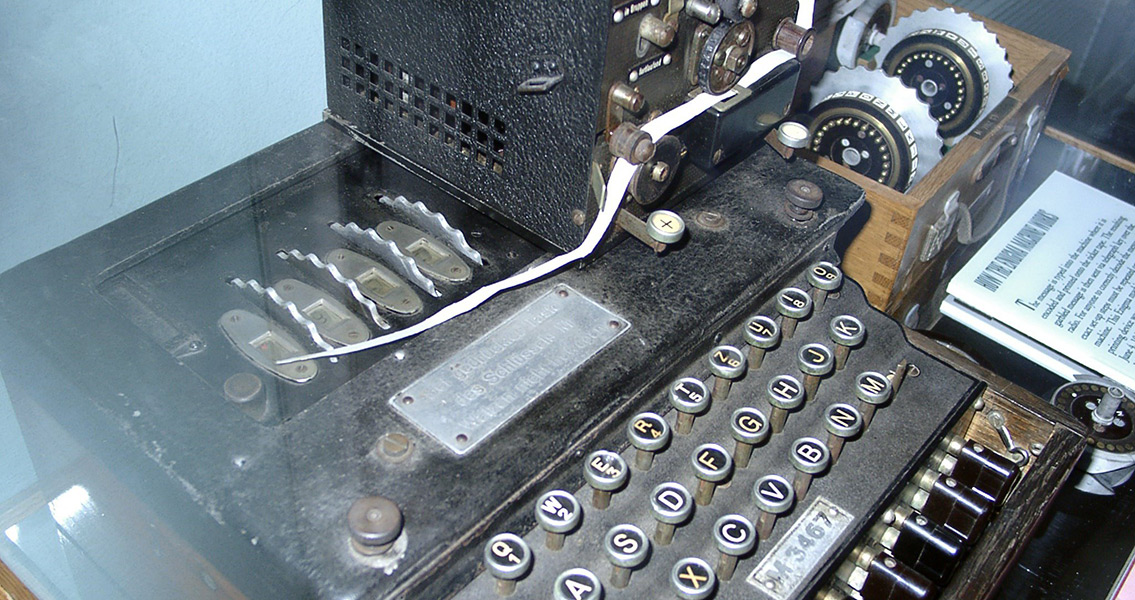<![CDATA[Top secret documents from Bletchley Park are to go on display. The documents were originally found shoved into cracks in the roof of Hut 6, where Alan Turing and his team of codebreakers worked to decipher German army and air force messages. Along with the fragmentary codebreaking documents found in the roof were parts of an atlas, a pinboard and a fashion article from a magazine. It seems clear that Turing and his team used whatever was to hand to plug up holes in the roof of Hut 6. All the findings are unique, as any documentary evidence of codebreaking was supposed to be destroyed under wartime security rules. As such, some of the documents present the only known examples of Banbury sheets, cards punched with holes to compare undeciphered Nazi Enigma messages - a technique devised by Turing to speed up decryption. A codebreaker would punch encrypted messages into two sheets of paper - the Banbury sheets - and then superimpose them until they lined up, revealing information about the machine's rotor settings. Codebreaking was a daily challenge for those in Hut 6, as German code settings were changed each day. It is thought that the breaking of the Enigma code shortened the war in Europe by as much as four years. If Turing and his group had not cracked the code and weakened the German navy's hold on the North Atlantic, the 1944 Allied invasion of Europe could have been delayed, as the North Atlantic was the main supply route between the USA and Britain. Among the discoveries are some notes which add to the mystery of Hut 6. Bletchley Park's Director of Learning and Collections, Victoria Worpole, said "There are some pieces of paperwork that we can't identify. Nobody seems to be able to work out what they are - we've sent things off to GCHQ - and there are a number of items that we've yet to understand properly. We're unveiling a mystery." To preserve the fragile documents and prevent further damage, they were frozen soon after being discovered in 2013. They have now been thawed and repaired with the intention being to put them on display at the Bletchley Park museum next month. The museum and surrounding grounds have been returned to their 1940s design, using original materials, as part of a £7.4m Heritage Lottery Fund restoration project. These handwritten pieces of codebreaking show the actual workings of some very important individuals. It is currently unclear precisely who wrote each item, although it is clear they were not written by Turing himself, despite the use of the Banbury technique he devised. “These are the actual documents used by codebreakers, and in terms of the codebreaking process they are pivotal,” added Gillian Mason, Bletchley Park curator. “I can just see these people beavering away. There is a lot of pencil and crayon activity.” For more information Image courtesy of Wikimedia commons user: Ben Slivka]]>
Top Secret Documents Found in Roof at Bletchley Park
